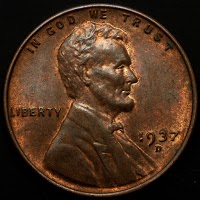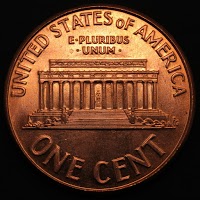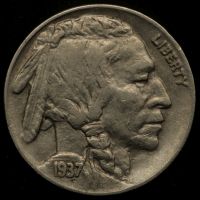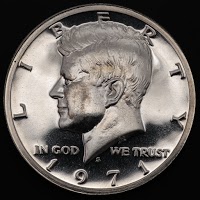I have a full setup for taking very detailed, hi-res photographs of coins. It's a Canon EOS Rebel SL1 DSLR with a Tamron 90mm macro lens mounted on a copy stand.
The lighting is the tricky part, so I play around with the flash settings and various light diffusion until I get an accurate representation of each coin. I also try not to modify the image at all. For instance, the black background you see is an actual deep-black paper backing behind the coin, rather than image transparency; the camera is set to take square pictures so I did not even crop them, etc.
Click on a coin to open a viewer to zoom in to every detail.
















Older coins are usually more rare than more recent ones, merely because time has passed so many have been collected, neglected, or rejected (removed from circulation because of poor condition). But to compound the rarity, it's usually the case that not as many were minted in the first place. Taking Lincoln cents as an example, here I show the mintage for each year, split by mint (including only those for circulation: no proofs).
The increase in mintage is so drastic that you really have to look at the data at two (or three) different scales. The highest mintage in modern years is thousands of times the mintage of the rarest early years, so comparatively, all the years prior to 1964 were "rare". But to get a sense of which years are rare even among the rare, the second graph shows those early years at a much larger scale.